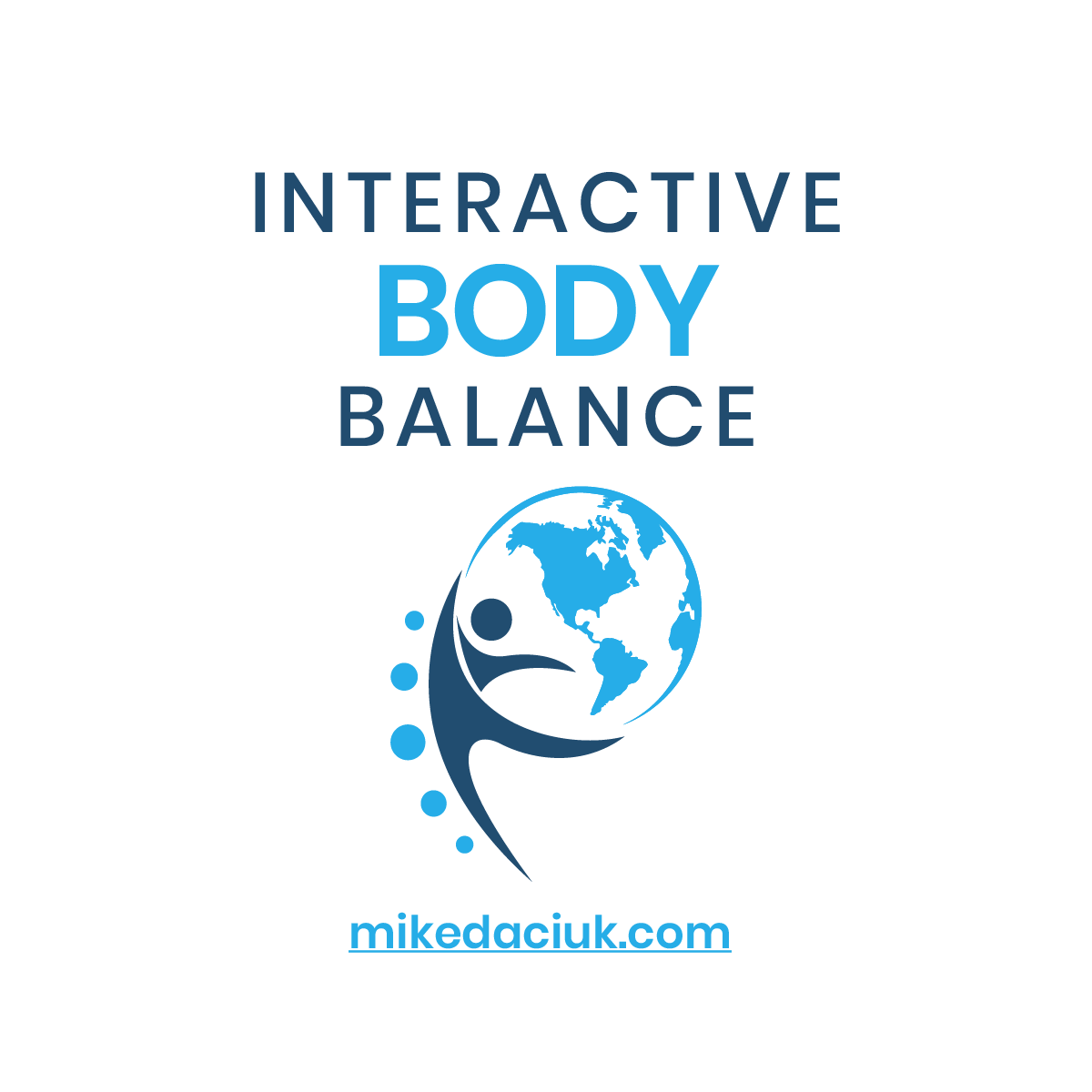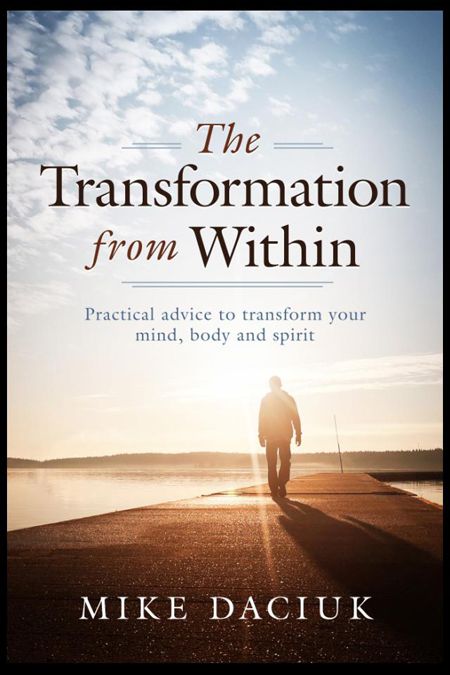Top Ten Foods for Flat Abs
The sad truth: You can crunch yourself into a coma and still have ab flab.
If you really want a sleek, sexy midriff, you’ve got to tweak your diet.
All of the best waist-whittling foods contain fiber to banish bloat,
antioxidants to boost your abs routine’s effectiveness, and protein to help
maintain a healthy metabolism. Here, the top 10 choices for flatter abs.
1. Almonds
These delicious and versatile nuts contain filling protein and fiber, not
to mention vitamin E, a powerful antioxidant. They’re also a good source of
magnesium, a mineral your body must have in order to produce energy, build
and maintain muscle tissue, and regulate blood sugar. “A stable blood-sugar
level helps prevent cravings that can lead to overeating and weight gain,”
says David Katz, MD, a professor at the Yale University School of Medicine.
But what makes almonds most interesting is their ability to block calories.
Research indicates that the composition of their cell walls may help reduce
the absorption of all of their fat, making them an extra-lean nut.
Try for: An ounce a day (about 23 almonds), with approximately 160
calories. An empty Altoids tin will hold your daily dose perfectly.
2. Eggs
You won’t find a more perfect protein source. Eggs are highly respected by
dietitians because of their balance of essential amino acids (protein
building blocks used by your body to manufacture everything from muscle
fibers to brain chemicals). We like them because they keep our hands out of
the cookie jar. Researchers at the Pennington Biomedical Research Center
found that when people ate eggs in the morning, they felt less hungry
throughout the day than when breakfast consisted of complex carbohydrates
like bagels. “The protein and fat in the egg may be contributing to the
feeling of satiety,” says lead researcher Nikhil V. Dhurandhar, PhD.
Try for: One egg a day, unless you have high blood cholesterol, in which
case you should check with your doctor first. (One egg packs about 213
milligrams of cholesterol.)
3. Avocado
There’s no reason to be afraid of eating fats?as long as they’re the right
fats.
Oleic acid, a compound in avocados’ healthy monounsaturated fats (MUFAs),
may trigger your body to actually quiet hunger. Stick to a quarter or a
half of an avocado and watch that belly fat melt away. The creamy fruit is
also packed with fiber and protein.
4. Apples
A 2003 study in the journal Nutrition found that overweight women who
consumed three apples or pears a day for three months lost more weight than
their counterparts who were fed a similar diet with oat cookies instead of
fruits. “A large apple has five grams of fiber, but it’s also nearly 85
percent water, which helps you feel full,” explains Elisa Zied, RD, author
of So What Can I Eat?! (Wiley, 2006). Apples also contain quercetin, a
compound shown to help fight certain cancers, reduce cholesterol damage,
and promote healthy lungs.
Try for: An apple (or two) a day. A study published in the Journal of
Agricultural and Food Chemistry found that the Red Delicious, Cortland, and
Northern Spy varieties had the highest antioxidant activity.
5. Berries
Most are loaded with fiber, every dieter’s best friend. The more fiber you
eat — experts say that it’s best to get between 25 and 35 grams every day
— the fewer calories you absorb from all the other stuff you put in your
mouth. That’s because fiber traps food particles and shuttles them out of
your system before they’re fully digested. Berries (and other fruits) are
also high in antioxidants, which not only help protect you from chronic
diseases like cancer but may also help you get more results from your
workouts. “Antioxidants help improve blood flow, which can help muscles
contract more efficiently,” says Dr. Katz.
Try for: At least half a cup daily, or about 30 calories’ worth. Don’t
limit yourself to the usual suspects, like raspberries, blueberries, and
strawberries. If you can find them, add boysenberries, gooseberries, and
black currants to the mix for excitement.
6. Leafy Greens
Their cancer-preventing carotenoids won’t help shrink your waistline, but
their low calorie count definitely will. One cup of spinach contains only
about 40 calories, while a cup of broccoli has 55 calories and satisfies 20
percent of your day’s fiber requirement. Most leafy greens are also a good
source of calcium, an essential ingredient for muscle contraction. In other
words, they help fuel your workouts.
Try for: Three servings daily. Keep a bag of prewashed baby spinach in your
fridge and toss a handful into soups, salads, pasta dishes, stir-fries, and
sandwiches. When you get sick of spinach, reach for a bunch of arugula,
broccoli rabe, or broccolini, a cross between broccoli and Chinese kale.
7. Yogurt
People who get their calcium from yogurt rather than from other sources may
lose more weight around their midsection, according to a recent study
published in the International Journal of Obesity. The probiotic bacteria
in most yogurts help keep your digestive system healthy, which translates
into a lower incidence of gas, bloating, and constipation, which can keep
your tummy looking flat.
Try for: One to three cups a day of low-fat or fat-free yogurt. Choose
unsweetened yogurt that contains live active cultures. Add a handful of
fresh chopped fruit for flavor and extra fiber.
8. Veggie Soup
Researchers at Pennsylvania State University found that people who ate
broth-based (or low-fat cream-based) soups two times a day were more
successful in losing weight than those who ate the same amount of calories
in snack food. Soup eaters also maintained, on average, a total weight loss
of 16 pounds after one year. “Plus, it’s a simple way to get your
vegetables,” says Susan Kleiner, PhD, RD, author of Power Eating (Human
Kinetics, 2001).
Try for: At least one cup of low-calorie, low-sodium vegetable soup every
day.
9. Salmon
Seafood, especially fatty fish like salmon, tuna, and mackerel, is an
excellent source of omega-3 fatty acids. These uber-healthy fats may help
promote fat burning by making your metabolism more efficient, according to
Kleiner. An Australian study showed that overweight people who ate fish
daily improved their glucose-insulin response. Translated, this means that
seafood may help slow digestion and prevent cravings. If that doesn’t hook
you, consider this: Seafood is an excellent source of abs-friendly protein.
Try for: Two four-ounce servings per week. Wild salmon, though pricey,
contains more omega-3 fatty acids than farm-raised. (If it doesn’t say
wild, it’s farm-raised.) If seafood’s not your thing, you can get your
omega-3’s from flaxseed (grind and sprinkle on your cereal) or walnuts.
10. Quinoa
Never heard of it? Pronounced KEEN-wah, this whole grain contains 5 grams
of fiber and 11 grams of protein per half cup. Cook it as you would any
other grain (although some brands require rinsing). Quinoa’s nutty flavor
and crunchy-yet-chewy texture are like a cross between whole-wheat couscous
and short-grain brown rice.
Try for: At least one half-cup serving (a third of your whole-grain
requirements) per day. Try substituting AltiPlano Gold brand instant quinoa
hot cereal (160 to 210 calories per packet), in Chai Almond and Spiced
Apple Raisin, for oatmeal. Look for it in health-food stores.



